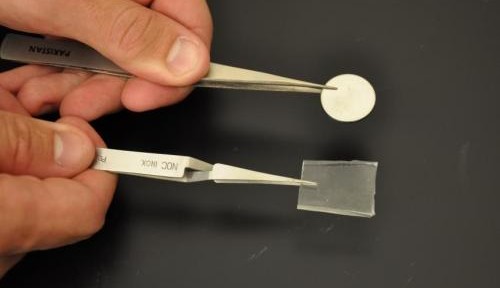Silly Putty boosts Li-ion Energy Density

Surely everyone remembers their first encounter with silly putty. Knead it into a sphere and it becomes a super bouncy ball, hit it hard and it shatters into pieces that slowly flow together again. Originally developed during the Second World War as a possible substitute for rubber, it is a curiosity, a solution looking for a problem…
Surely everyone remembers their first encounter with silly putty. Knead it into a sphere and it becomes a super bouncy ball, hit it hard and it shatters into pieces that slowly flow together again. Originally developed during the Second World War as a possible substitute for rubber, it is a curiosity, a solution looking for a problem…A team of researchers at the University of California, Riverside Bourns College of Engineering have discovered that the same material can be used in lithium-ion batteries to give them three times the energy storage of a standard cell.
In a paper entitled ‘Stable Cycling of SiO2 Nanotubes as High-Performance Anodes for Lithium-Ion Batteries’ published online in the journal Nature Scientific Reports, the research team describe how using silicon dioxide nanotune anodes in Lithium-ion batteries produced a cell with over three times as much energy storage as a standard Li-ion cell which uses carbon-based anodes. They also found that the silicon dioxide nanotubes remain extremely stable in the battery environment giving the battery a long lifespan. Early results showed no loss of capacity after 100 recharge cycles and the team are confident that it can be cycled many hundreds more times.
Team leader Zachary Favors said "We are taking the same material used in kid’s toys and medical devices and using it to create next generation battery materials". The breakthrough in energy density could represent a significant advance in electric vehicle range. Their research is now focussing on scaling up the production of SiO2 nanotubes to make the product commercially viable.
